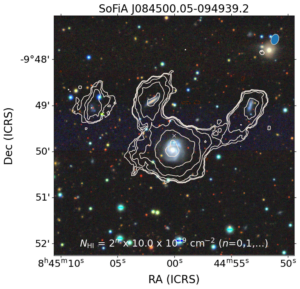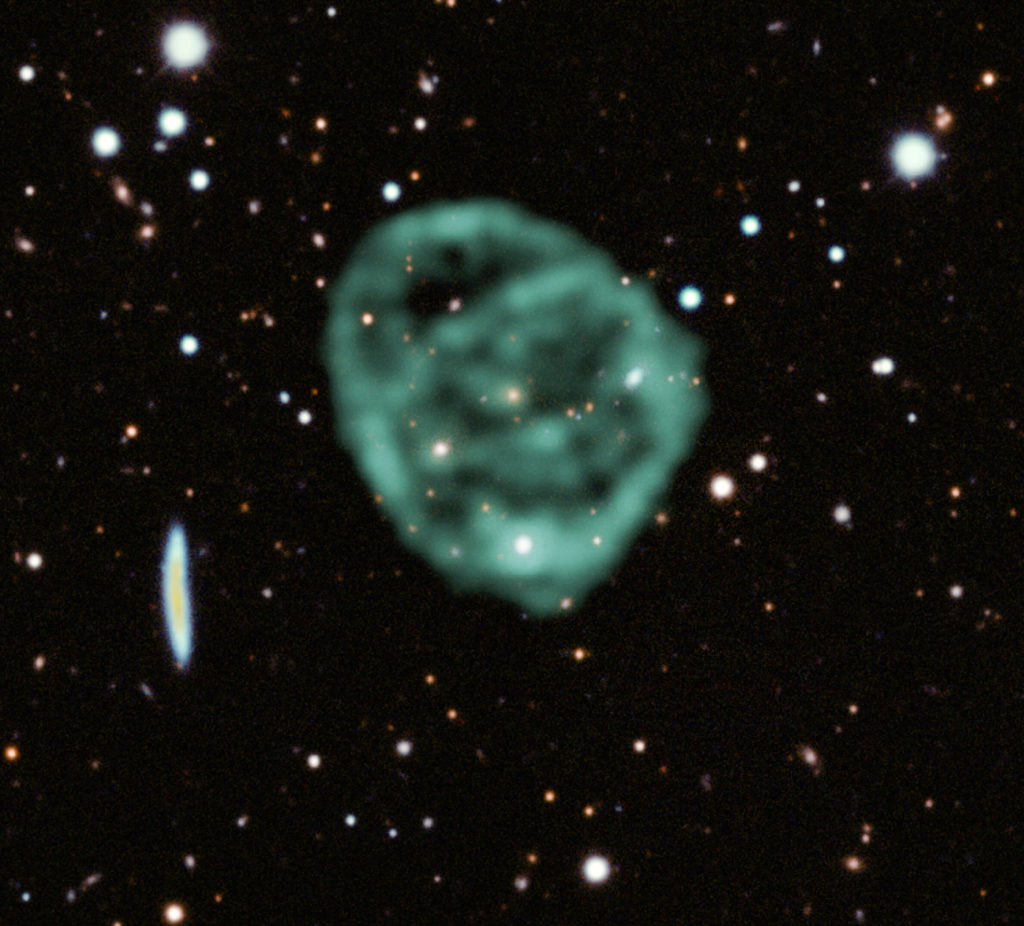
Dr. Marcin Glowacki, from the Curtin University node of the International Centre for Radio Astronomy Research (ICRAR) in Western Australia, led the research, which aimed to study the star-forming gas in a single radio galaxy.
Although the team didn’t find any star-forming gas in the galaxy they were studying, Dr. Glowacki instead discovered other galaxies while inspecting the data.
In total, the gas of 49 galaxies was detected. Dr Glowacki said this was a great example of how fantastic an instrument like MeerKAT is for finding the star-forming gas in galaxies.
“I did not expect to find almost fifty new galaxies in such a short time,” he said.
“By implementing different techniques for finding galaxies, which are used for other MeerKAT surveys, we were able to detect all...
Read More









Recent Comments